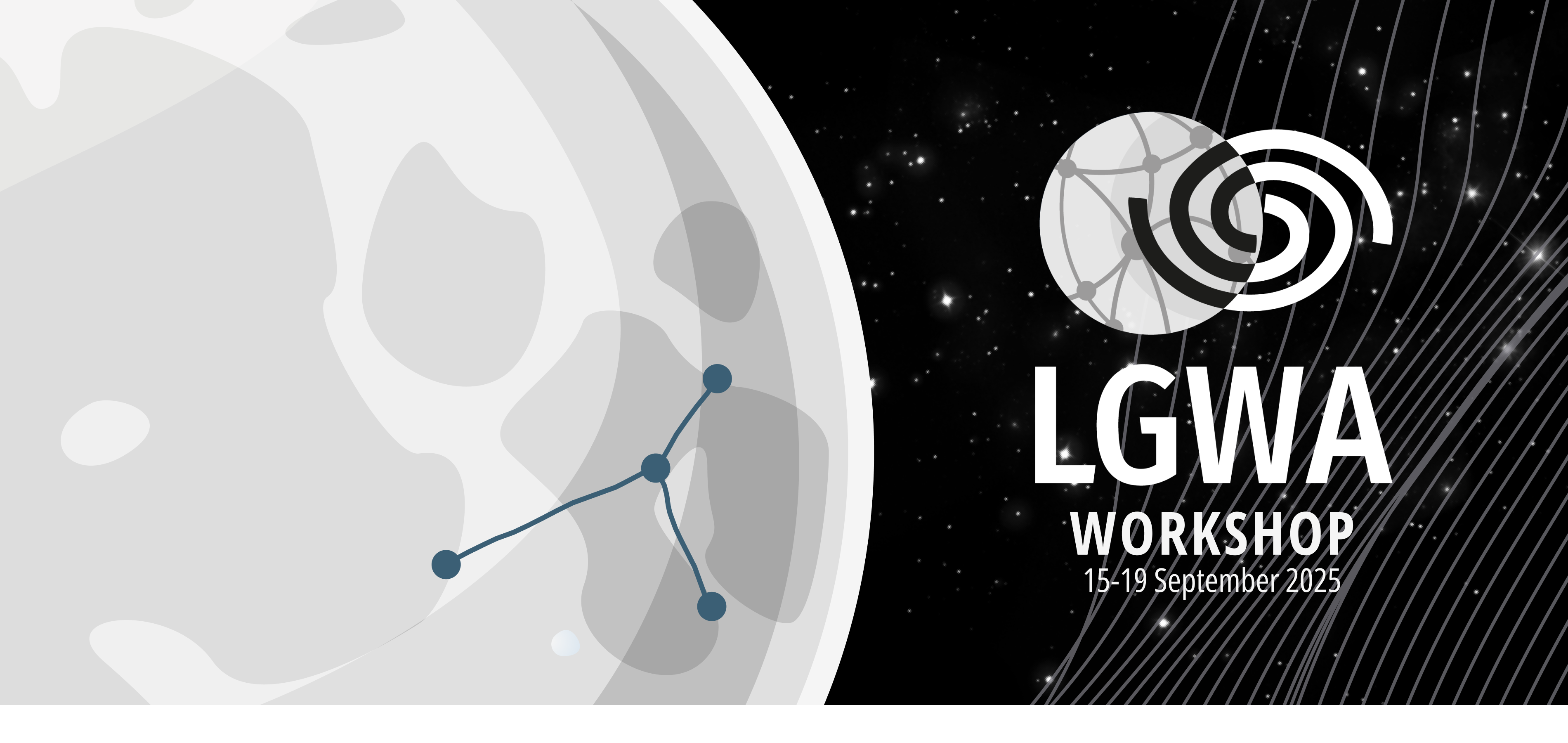Speaker
Description
One of the key components of the payload of the Lunar Gravitational-Wave Antenna is the inertial sensor, which measures the differential motion between the lunar surface and the inertial mass. To detect gravitational waves, the inertial mass motion must be read out with sub-femtometer precision.
In this talk, I introduce a laser interferometric displacement sensing scheme called heterodyne cavity-tracking. This scheme employs an optical cavity incorporating the inertial mass and retrieves displacement via heterodyne interferometry. The combination of the optical cavity and frequency readout enhances the achievable sensitivity into the sub-femtometer regime. The frequency readout is performed using an ultra-high bandwidth phase-locked loop phasemeter, capable of directly tracking signals up to 2 GHz, enabling fringe-scale operating range.
Initial experiments have demonstrated an overall displacement readout noise floor (for a fixed-length cavity) of less than 20 fm/√Hz for frequencies above 5 Hz, with a maximum observed motion of approximately 0.15 µm. In a separate setup, we recently achieved sub-femtometer sensitivity—again for a fixed-length cavity—at frequencies above 20 Hz. Moving forward, we plan to investigate displacement sensitivities of high-quality-factor mechanical oscillators using this same scheme.

